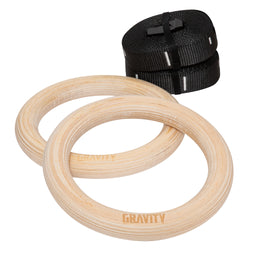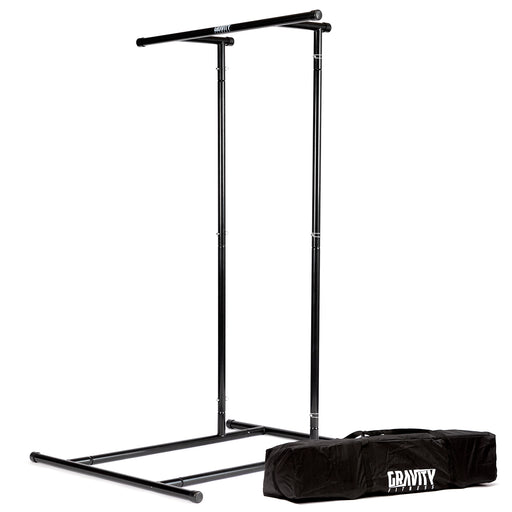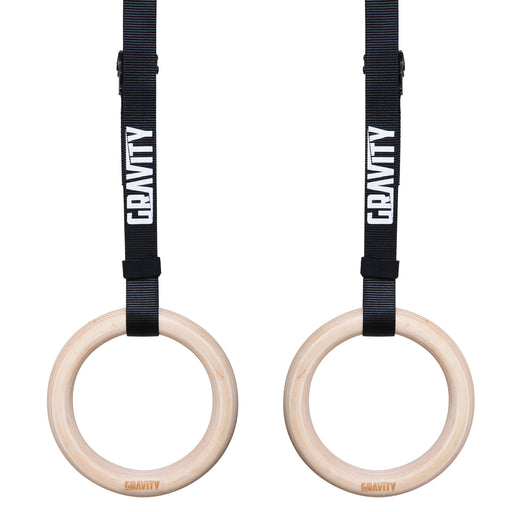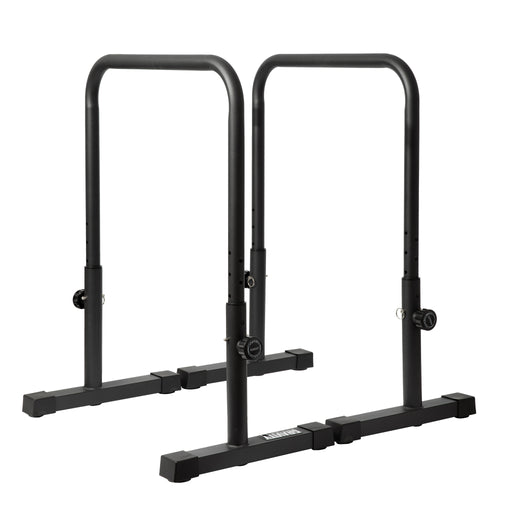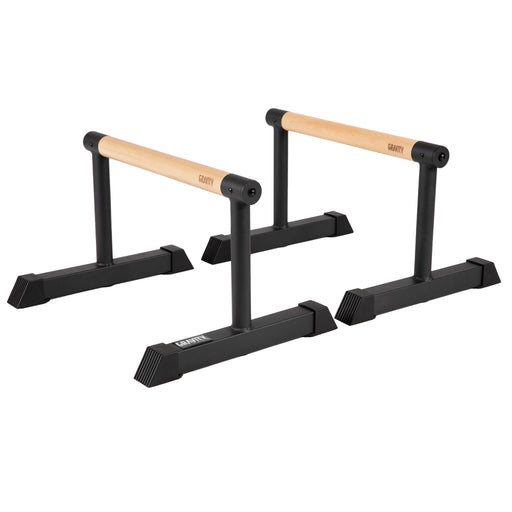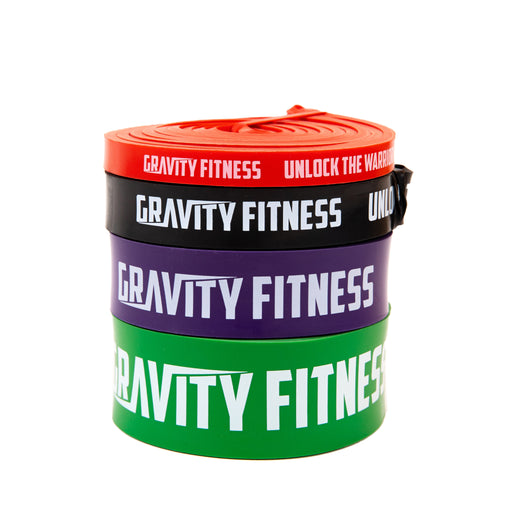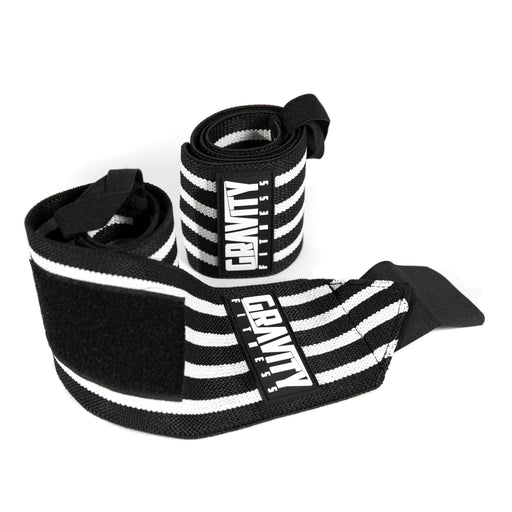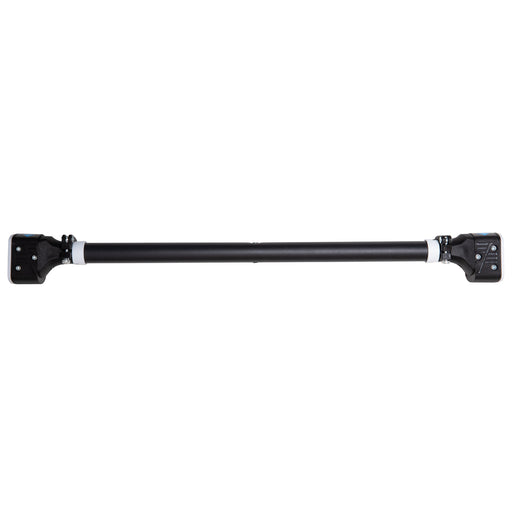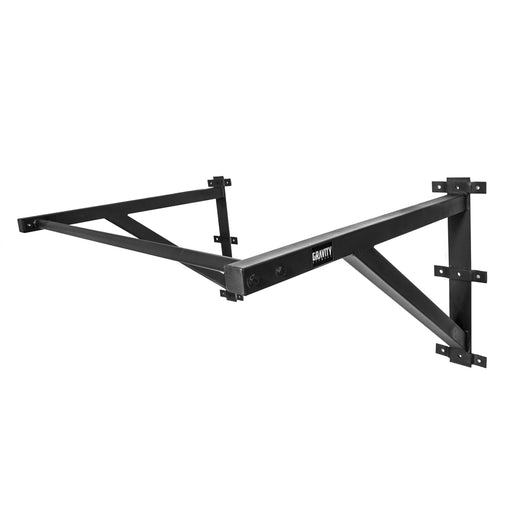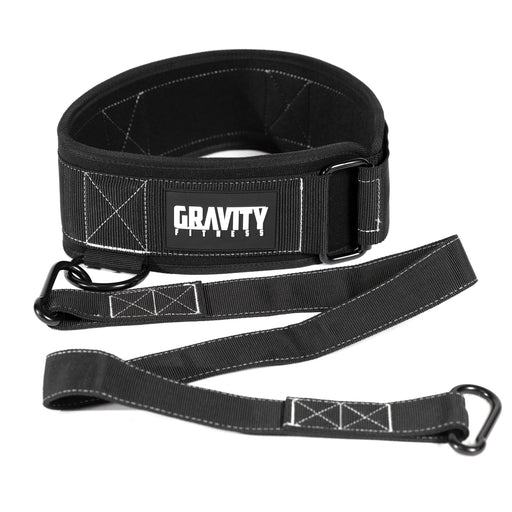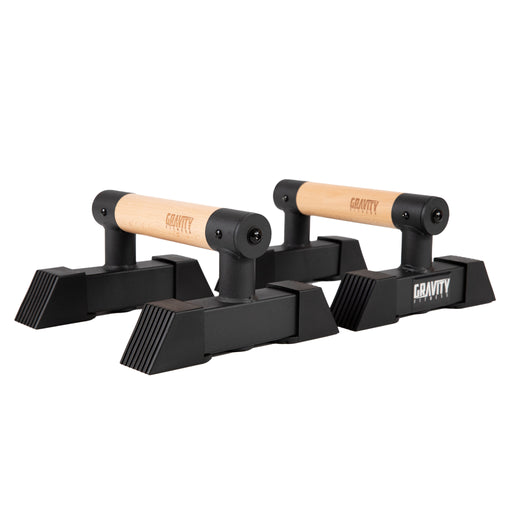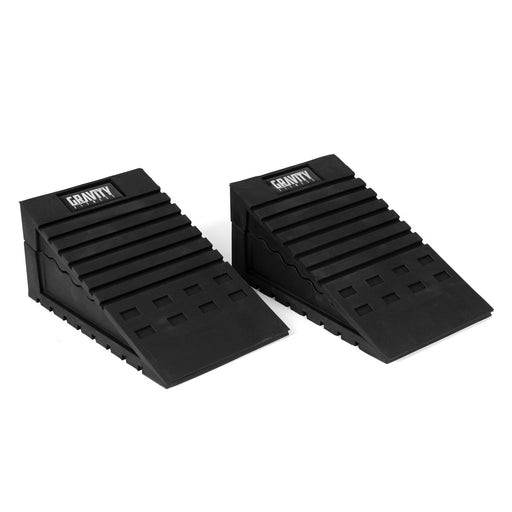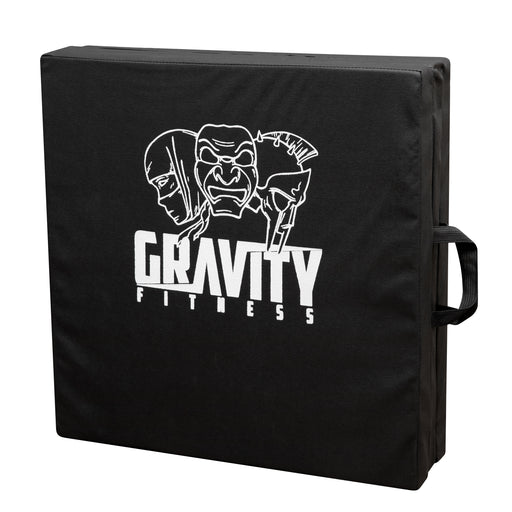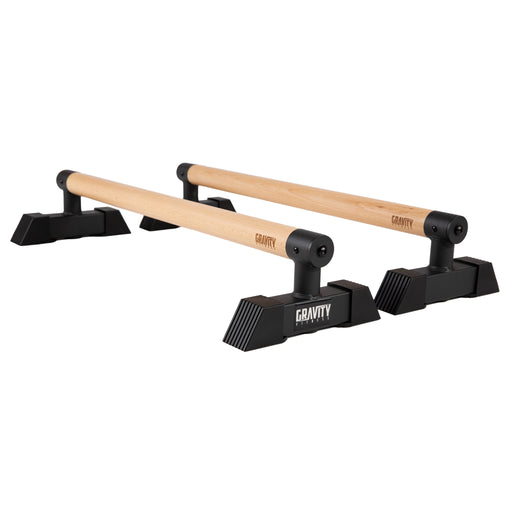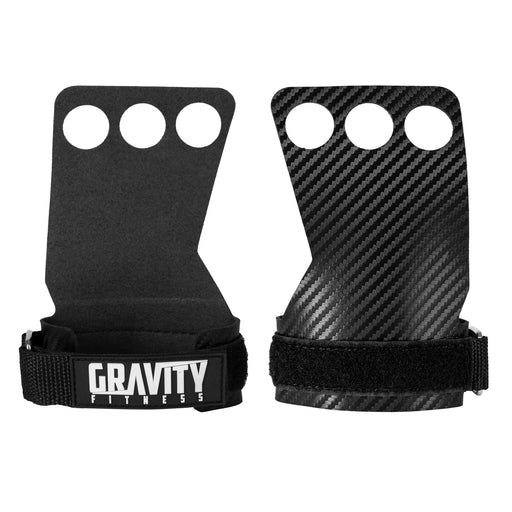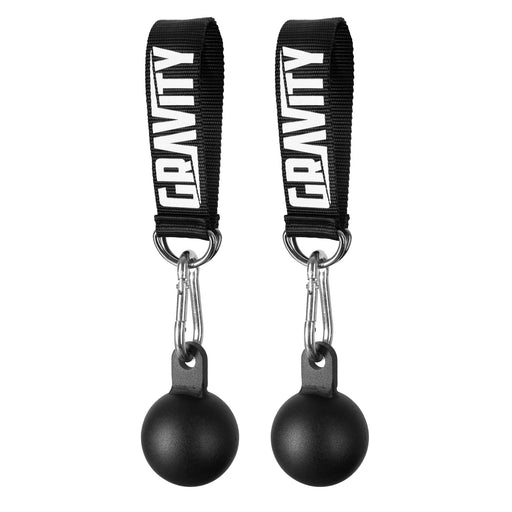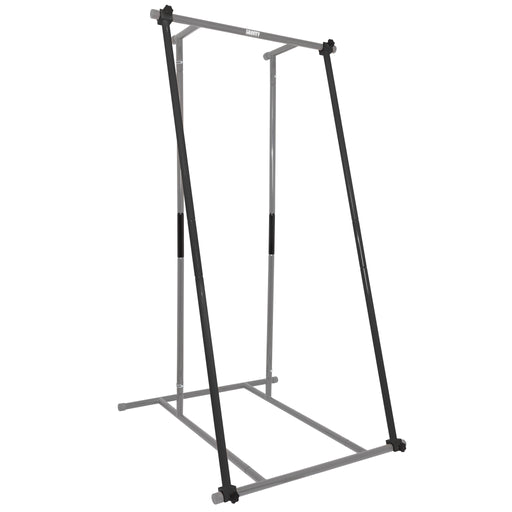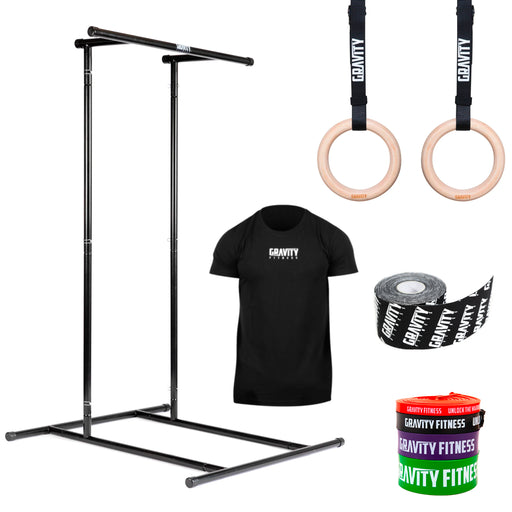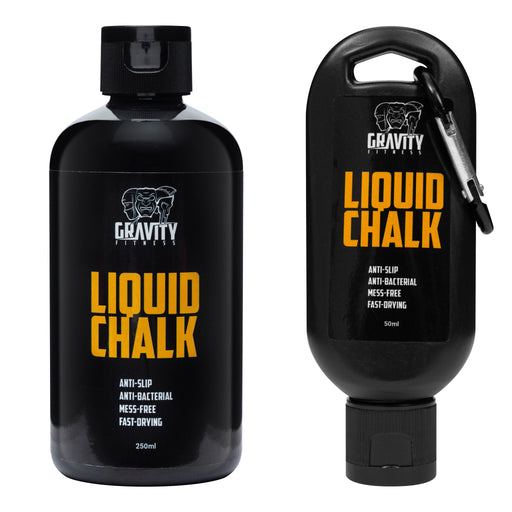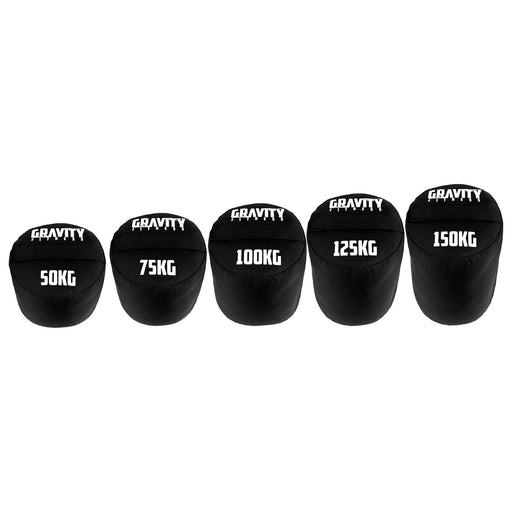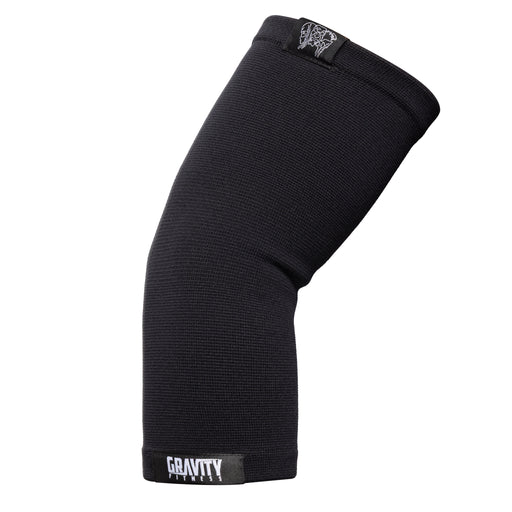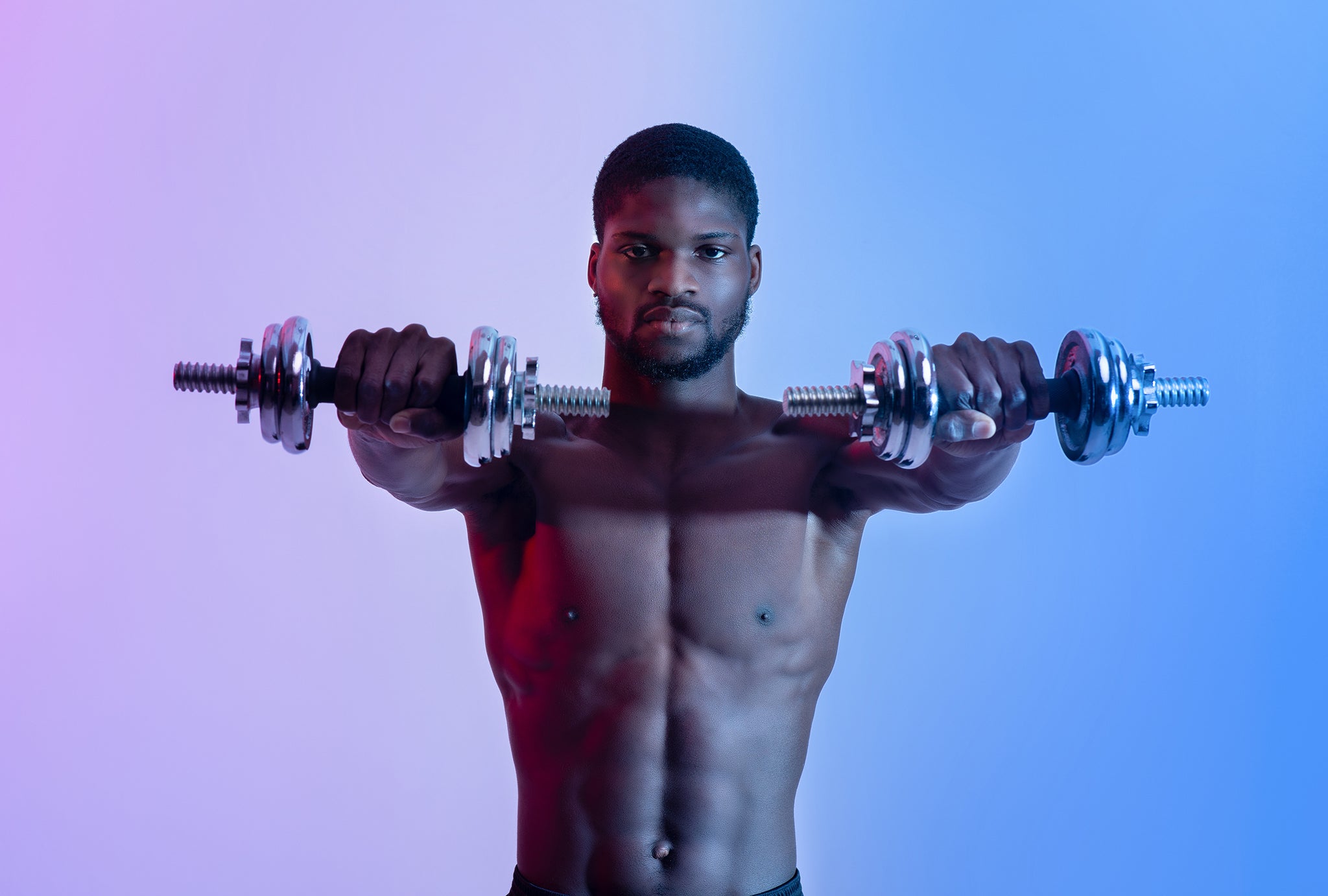
Deloading: How To Manage Your Body & Recovery
Deloading: How To Manage Your Body & Recovery
Deloading is a very effective mechanical and recovery practice. Deloading is, put simply, greatly reducing your load in a training cycle to keep movement patterns intact and strong as well as giving your body time to recover, reducing your fatigue whilst training. Because you’re still exercising, just with greatly reduced weight, you’re still practicing your form and keeping your training going, maximising the amount of training you can do. Deloading can also help you to break through plateaus, bringing you back better and stronger.
Compared to a time off, or active recovery, where you might focus on not training at all or focus on a different energy system or muscle groups respectively, deloading means you can keep up with that specific training and keep it habitual. You will also replenish muscle glycogen, leading to greater training energy down the line and give your nervous system time to recover.
Recovery is a key component of training, and as such needs to be prepared accordingly. Make sure you listen to your body – it will send you key messages to make sure you are not over training. Irritability, lack of sleep, soreness and fatigue are classic signs to watch out for. Over training can lead to physical and mental burnout and you can end up reducing muscle mass as the body will start to break muscle down. I would recommend deloading every 4-8 weeks depending on your training cycle, whichever is easier to block out towards. If you’re training for skills or strength and power, every 4 weeks is a good go to, and for 8 weeks with hypertrophy training. However these are merely guidelines and are completely subjective.
You can also use a deload to practice isolation exercises that make up particular movements, to actually make you stronger through a complete movement. For example, you can work on isometrics with short levels of muscle engagement to improve strength. Someone who did this often was Bruce Lee, and I recommend doing a little research to explore this and see if it’s for you!
Deloading can also be used on a smaller scale throughout a smaller cycle, over the course of a week or two weeks for example to train less maximally over 1 or 2 sessions. Normally this ensures greater form adherence and focus. Which, in turn, actually leads to better body knowledge, muscle engagement and gains.
For others, complete recovery and time off from training is better so that they can come back stronger for the next stage of training. It all depends on your psychology and physiology. Make sure to discover what deloading strategy works for you and how you respond to different breaks. Try and film yourself at maximal training and on a deload and see what differences you can find throughout different movements. This means you can do accessory work on specific parts of different movements.
I love to programme deloads for my clients, and I’ll try to do it around time off in their schedule, meaning they can also take a psychological break from training quite as intensely which also helps their focus and time outside of training, whether with family and friends or spending time enjoying themselves and their hobbies. Meaning clients come back physically and mentally renewed as well.
I highly recommend building deloading into your next programming stage. Just think about you and what works best to keep you not only healthy, but happy too. Training maximally isn’t important all the time! Your body needs to recharge and deloading is one of the most effective methods for that.
